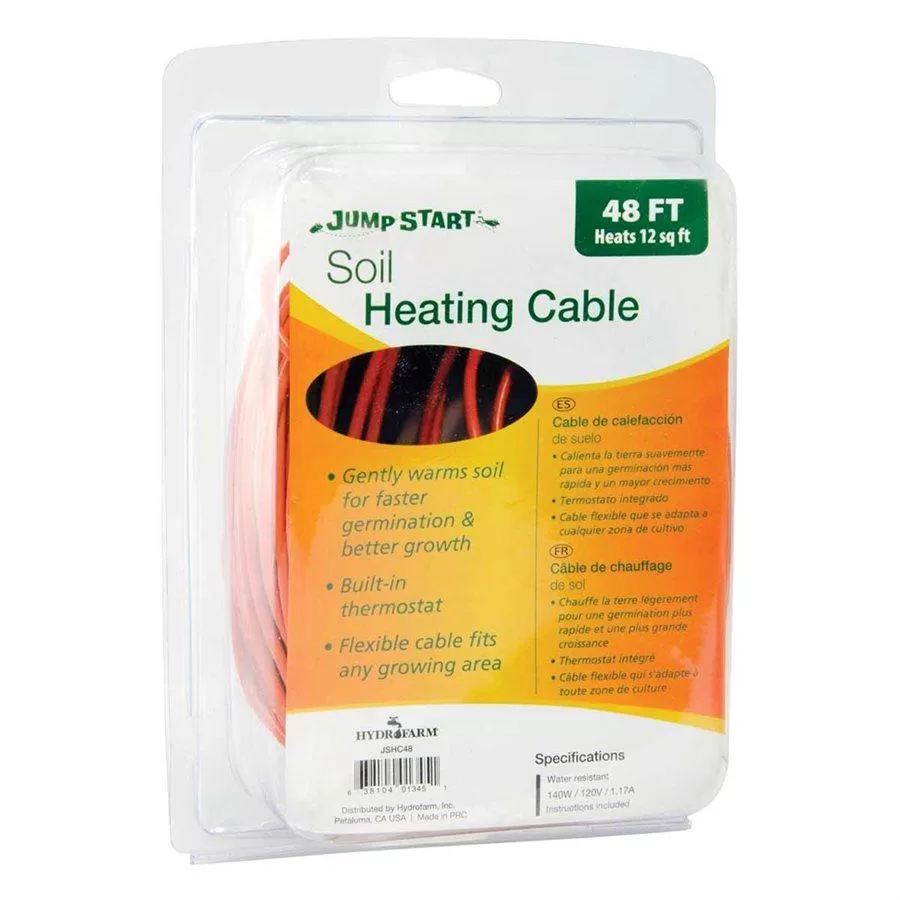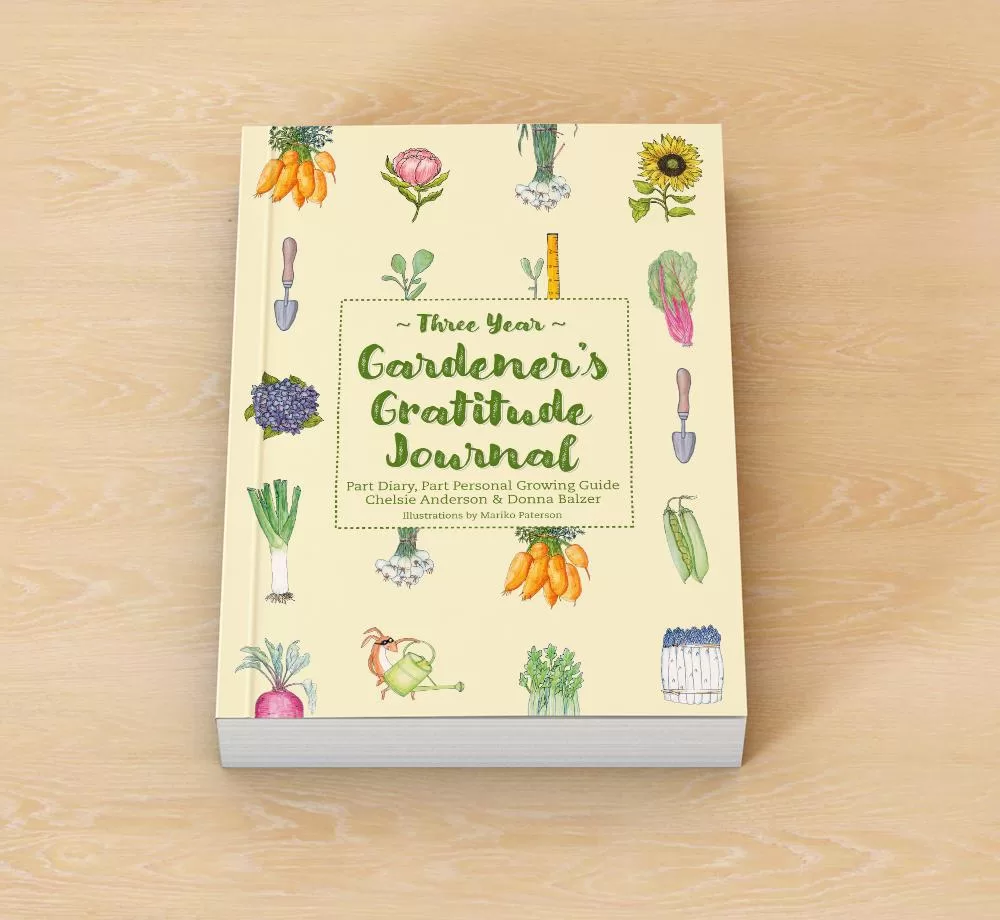Quick Answer:
Preparing your greenhouse in summer for a successful winter harvest involves succession planting hardy cold-tolerant crops early, planning based on your latitude and daylight changes, and starting seedlings in a controlled nursery area to ensure continuous growth and optimal winter yields.
As summer thrives, it's the ideal time to start preparing your winter greenhouse for a successful cold-season harvest. This guide will provide essential tips on succession planting, choosing the right crops, and maximizing your greenhouse's potential through strategic summer planning.
Enjoy Summer Harvests in Your Winter Greenhouse
It is July and I plucked Green Magic broccoli out of my greenhouse today, roots and all and ate it for supper. Delicious. Outdoors I have cut but not pulled my broccoli because the side sprouts will keep coming well into fall outdoors. While the heat of summer makes my greenhouse broccoli wilt, I know it is simply too hot to force this cold crop indoors right now.


Today is all about planning and planting for winter so I am seeding fall crops including seeds of Aspabroc broccoli in my greenhouse for a December harvest.
Planning for Winter in Your Greenhouse
Depending on where you live it is time for succession planning and planting anew in your greenhouse. It’s time to start pulling or trimming greenhouse plants to start new ones. Succession planting in the greenhouse means thinking about plants you will eat this winter and making room for them now!
Understanding Latitude and Its Impact on Your Winter Greenhouse
Yes, even though it is peak summer today with intense heat, shorter, cooler days are just around the corner, especially in northern latitudes. Because plants grow slower in shorter fall days, they need more days to mature so don’t wait until fall to think about winter. To get the best winter harvests it is time to use your “nursery” space now to grow plants you will eat later; much later.
What is Latitude?
This is your approximate distance from the equator. The further away you are from the equator, the earlier you start winter plants because days get shorter faster as you go north (or south) from the equator. My latitude is about 51 and I am starting seeds now for later fall and winter eating. You can find your latitude coordinates here.
At my latitude, I start plants in late July or early August so they are a good size for fall planting in my greenhouse. I want to be ready to plant as soon as I pull out old plants. If your latitude is closer to the equator, start seeds later. The closer you are to the equator, the later you can start fall plants. The idea is to get plants growing so you can install larger plants, not mere seeds, or tiny seedlings, when old plants are removed.
Choosing the Right Plants for Your Winter Greenhouse
Everything won’t grow in a winter greenhouse unless you are willing to massively change the environment. Some growers add loads of heat and light after mid-October but I am not prepared to do this, so I stick with hardy or cold-tolerant plants and use my space efficiently.
It is too late to start growing fruits like cantaloupes, tomatoes, eggplants and peppers this time of year. Those should be in bloom and producing fruits by now, but I don’t have enough natural light and heat to produce fruit in winter, so they are a summer-only crop for me.
Starting Winter Crops Early in Your Greenhouse
Last year I started spinach and lettuce in late September but the soil was frozen solid and they were still small in February. This year I am starting to grow greens and root crops in mid-late July. I will also start new fall crops, like broccoli, and plan to harvest those until the end of December.
Top Plants for Your Winter Greenhouse
An example of a great fall crop is lettuce. In good light and perfect conditions, it takes about 60 days from germination to produce big heads. I started leaf lettuce and Romaine lettuce today so I’ll have a great crop this fall into December.
My Aspabroc broccoli grows easily but this type of broccoli only produces side shoots after a cool growing period. This makes it perfect for overwintering outside in a mild climate like Portland, Oregon or Northern California but in my cool climate in Calgary, Alberta, where we had frost until the last day of spring this year, I know we will get a cool fall. Starting in July, with a cool fall season will encourage budding of broccoli shoots into December.
Other plants to try for fall include green onions and leafy greens like kale, mustard, spinach and arugula. Roots that may overwinter or at least last until later fall in a semi-heated or mild climate greenhouse also include root crops like beets, carrots and radishes.
How to Start Your Winter Crops
I occasionally sprinkle seeds of radish, green onions and lettuce in beds inside my greenhouse as an opening appears. These openings “appear” as tomatoes grow tall in summer and the lower leaves are clipped off, leaving space for healthy seedlings to grow below. This system is tricky, though, and means checking soil once or twice a day to make sure it is evenly moist for plant germination. Direct seeding into the summer greenhouse is not my favorite plan.
Using A Nursery Area for Seedlings in Your Greenhouse
Instead, I find it is much easier to seed into small flats in a separate nursery area. This can be a space on a shelf under a greenhouse potting bench where it is warm but not too bright. I also use my time-tested winter nursery area which is in my house under grow lights in the basement. Here I control temperature, light and soil moisture carefully with less effort because conditions are consistent.
I usually have 100% success seeding into potting mix without fertilizer, extra soil amendments or any additional help except the grow lights I already own. All new seeds are covered with a plastic cap so the moisture is retained on the soil surface until germination. Lettuce germinates in as little as two days and onions in a week, so keep them in separate trays or plastic inserts.
Transplanting Seedlings into Your Greenhouse
As seeds germinate and get true leaves, I transplant them either directly into gaps beneath existing greenhouse plants or into larger 4” pots so they have room to grow big until I have space to plant them in my greenhouse. Sometimes a whole crop is finished at once and that is when I need 20 new heads of lettuce to transplant instantly. If I didn’t start seed early, before the bigger broccoli or tomato plants are trimmed or removed, I’d have no infill plants available. Garden multi-tasking, using all my growing areas, helps achieve the best succession planting.
Preparing for Fall and Winter Harvests in Your Greenhouse
After growing spinach, arugula and lettuce crops last winter, I have a whole new plan in place for this fall and winter. While other gardeners who do not have a greenhouse only dream they lived in a warmer climate, I live the dream by using my greenhouse to boost my climate a couple of zones. I convert my zone 3 outdoor area into at least a zone 6 garden within my greenhouse.
Choosing the Right Equipment for Your Winter Greenhouse
The best bet for all winter greenhouse growers is to choose your favorite things rather than trying to grow it all. Start plants soon so they are ready to replace anything pulled out this summer or fall. Customize, Customize, Customize.
And, finally, as winter approaches, prepare to heat marginally by running a heating cable over greenhouse soil, having a frost-protection heater on standby, and ordering floating row covers like Agribon to hold the heat produced by the cables.

Heated Soil Cables
$35.00Grow faster with Heated Soil Cables. Water-resistant, built-in thermostat. Available in 3 sizes.
It’s a sauna out there right now, but by October or November, it will be a cool salad bar. All it takes is a little planning, and because most gardeners have extra seeds and soil on hand from spring planting, it might not even cost you anything!
More Tips from Donna Balzer
Check out Donna's latest book, "Gardener's Gratitude Journal: Part Diary, Part Personal Growing Guide" to walk you through your seasonal greenhouse garden planning!

Gardener's Gratitude Three Year Journal
$29.99Track your garden with Three-Year Gardener’s Gratitude Journal: A comprehensive guide by Donna Balzer & Chelsie Anderson. This journal is packed with information and inspiration to help you get the most out of your gardening experience, whether you are a seasoned gardener or just starting out.



